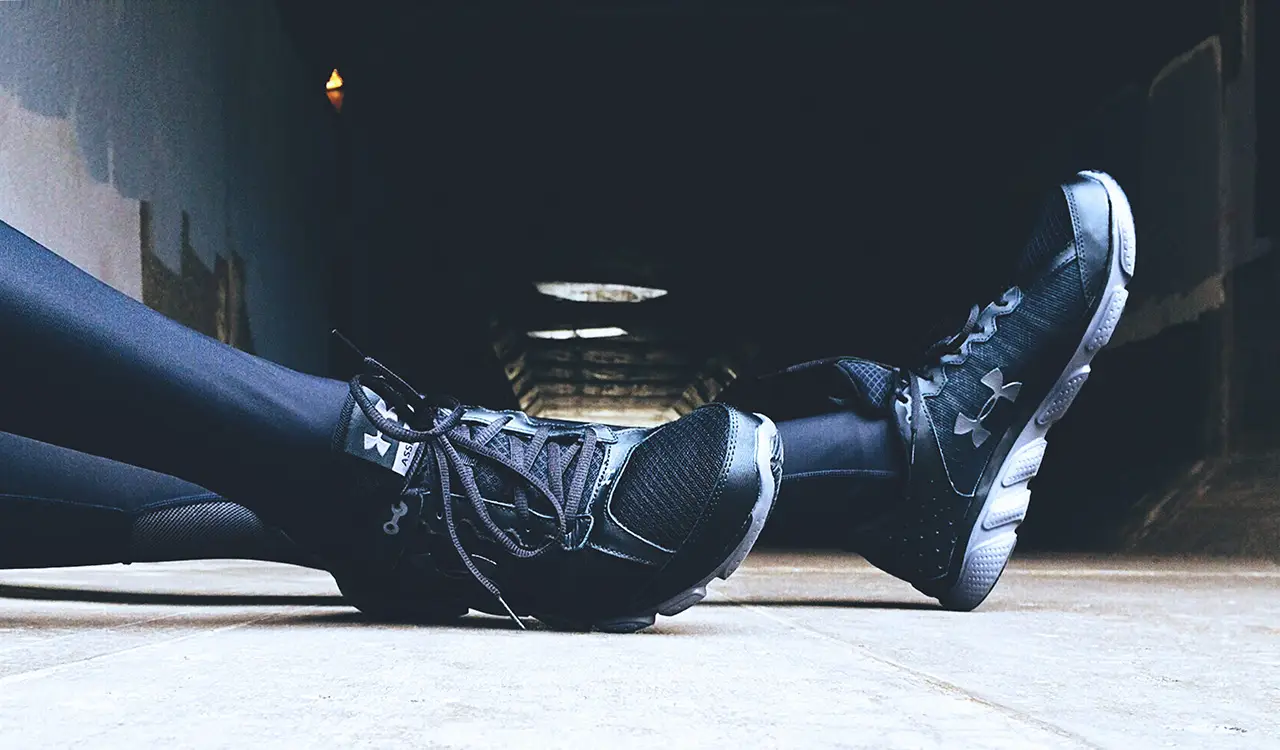Hubris: It describes one’s exaggerated self-confidence. Arrogance: It describes one’s belief in superior capabilities over others. In my opinion, Kevin Plank, the founder and CEO of Under Armour in 1996 (and still owner of 65 percent of the brand’s voting shares), has a mix of both. And this is responsible for Under Armour’s continuing decline. And I believe those characteristics, played a major part in Under Armour’s struggle to turn around its downward trajectory since 2015 and to regain its once hot position in the sportswear category, dominated by Nike, Adidas, Puma, and a bunch of up-and-comers. Think about it, hubris and arrogance have consequences.
Entrepreneurs launch awesome businesses, none more stellar than Jeff Bezos. Bezos smartly stepped down when Amazon’s size and complexity needed a more professional business and traditional leadership. On the other hand, Kevin Plank can’t help himself; his well-established hubris crept in, and he just can’t let go.
Déjà Vu
In another chapter of his questionable leadership, on April 1 he will be the fourth CEO in four years. If you can’t remember, he initially stepped down from the role in 2020, apparently coming to his senses and realizing that the brand was continuing to drop from its peak in 2015 and it needed a new leader. At that time, Under Armour President Patrik Frisk was appointed to the CEO position. However, Plank remained as executive chairman, which given Plank’s oversized presence, hubris, and share ownership, led many observers to say that “executive chairman” by any other name is still the boss. And in Plank’s mind, that was literally true. Frisk lasted two years (2020-2022) and now Stephanie Linnartz has had the CEO title for only one year.
Shocking?
Given Plank’s track record, the serial CEO successions should not be shocking. Had Linnartz done her homework before leaving her number two, well-respected position at Marriott International (after all, the world’s largest hotel company), she might not have made the leap to being saddled with a sportswear brand in decline in an industry in which she had no former experience.
Even more confounding, who was the search firm involved in her appointment? Did they advise Linnartz about Plank’s micro-management style? Plus, how many times have we witnessed over the last several years a multitude of failing apparel retail giants hiring CEOs from industries with no experience in apparel-branded retail businesses? And did Plank and team not question Linnartz’s experience? What in the world were both sides thinking?
Some Context
From its inception in 1996 soaring upward to 2015, Under Armour was cool and hot, until it was not. Fortune magazine described its meteoric rise: “It won endorsements and signed deals with a wide range of high schools, colleges, and professional athletes, including heavy hitters NBA superstar Steph Curry, college football powerhouse Notre Dame, even professional ballerina Misty Copeland. In 2005, fewer than 10 years in, Under Armour went public, successfully. Its shares doubled within the first day of trading, making it the first U.S. company in five years to have such a pop. The share price peaked at a split-adjusted high of $52 in 2015, as the company’s annual revenues were soaring by 28 percent.” Then the slipping and sliding started. By 2023 when Linnartz took the helm, shares were trading around $6.50, a nerve-racking 87 percent drop from its 2015, $52 peak.
The brand had not achieved “sneakerhead cred,” nor did it reach the Nike or Adidas level of athletic endorsements. It also failed to pivot in the pandemic-era athleisure boom that turned Lululemon into a juggernaut. According to Statista, Under Armour ranked 6th in global revenues at the end of 2022, with about $6 billion in annual sales. Just for some context, Nike ranked first with close to $48 billion.
For what it’s worth, Deadspin magazine called Under Armour the “worst sports apparel company of the past 20 years.” Analysts concurred that it’s a second-tier brand. Industry pundit, Neal Saunders added, “What’s gone wrong with Under Armour is what’s always been wrong: Under Armour doesn’t really know what it is.”
Back to the Future with Linnartz
So, this is really about the homework Linnartz would have or should have done to cautiously evaluate the stakes in such an enormous turnaround. And not to be repetitive, as an expert in hospitality, she had no experience in this industry. She was clearly a bold executive, but still more baffling as a highly-reputable number two executive in the world’s largest hotel company it’s highly likely that she could have been chosen for the top job in any number of other hotels around the world. She told Fortune about her Under Armour decision, “I believe in taking calculated risks, I don’t believe in being reckless.” But life’s all about timing—and I always had this idea that the rewards of taking risks are, the great majority of the time, worth it.”
So much for that decision. You have to wonder if there’s a back story to all this. Were there other mitigating circumstances at Marriott that nudged her out of contention for the top job? The contrast between the two companies is astounding, not to mention the drastically different operating and leadership requirements. And then there’s the issue of scale. With only $5.9 billion in revenue and 15,000 employees at Under Armour, compared to Marriott’s $20.8 billion and 140,000. She was only one year into the three-year strategic plan she had developed for the turnaround when she was abruptly and surprisingly let go by Mr. Plank.
Plank Can’t Let Go
We’ve all witnessed entrepreneurs launch awesome businesses, none more stellar than Jeff Bezos. Bezos smartly stepped down when Amazon’s size and complexity needed a more professional business and traditional leadership. On the other hand, Kevin Plank, in my opinion, can’t help himself and his well-established hubris crept in, and he just can’t let go.
Forward March
At the end of the day, Stephenie Linnartz will likely find a new leadership role in the hospitality industry and Kevin Plank will search for a turnaround to stop Under Armour’s continuing decline. Good luck with that — as Nike, Adidas and many others continue to eat more shares of the market faster than UA can keep up with.
I’m just saying.




